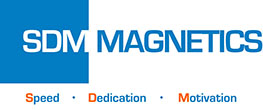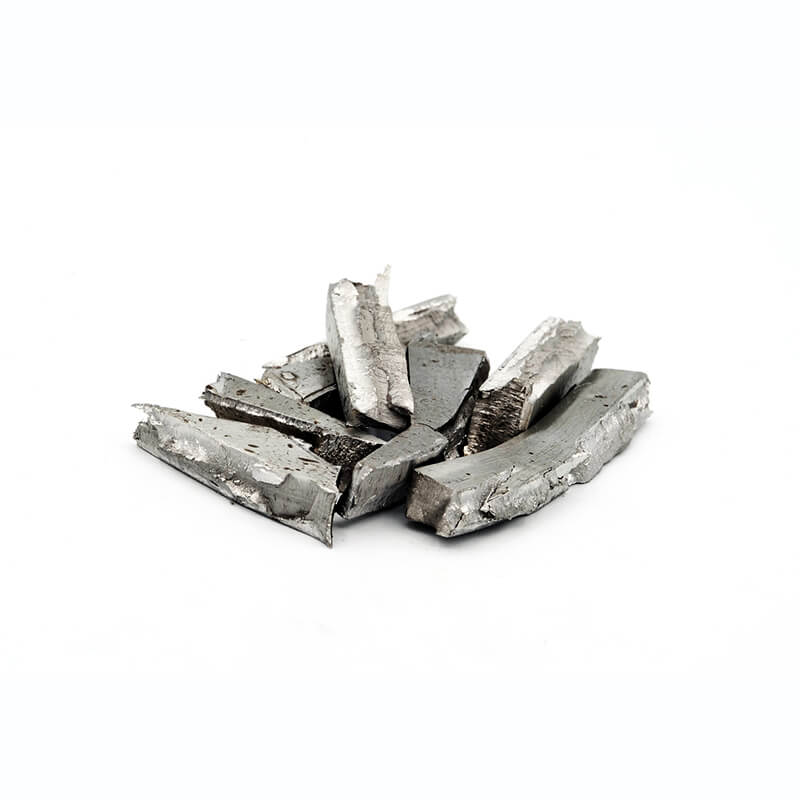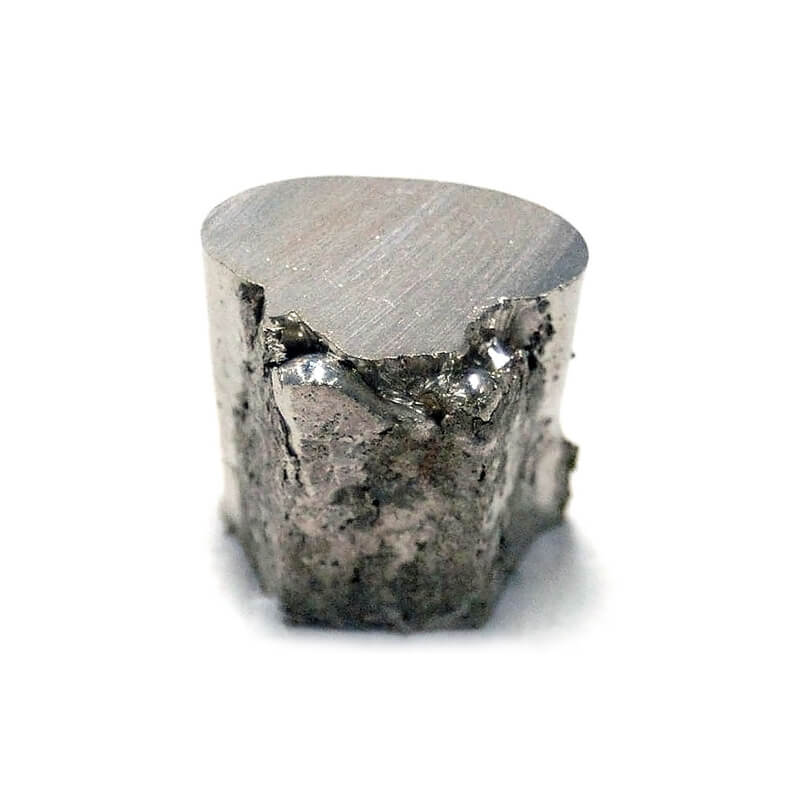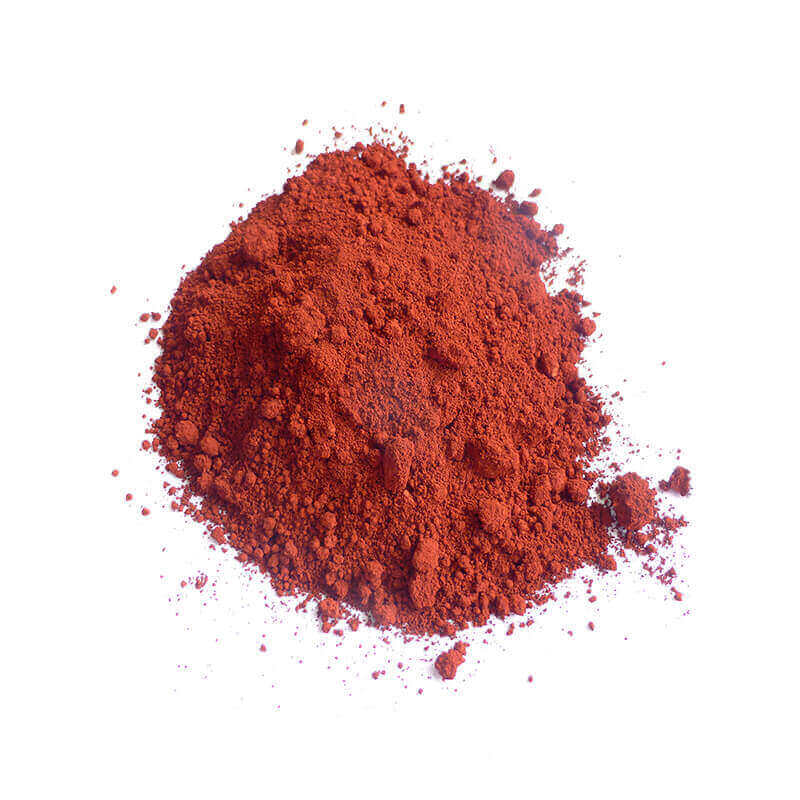Raw Material Price Trend of Rare Earth Magnet
Raw material price trend of the rare earth magnet is primarily referred to the price trend of PrNd mischmetal, DyFe alloy, and Tb metal. For Neodymium magnet, PrNd mischmetal occupies the largest proportion of the total cost, therefore, fluctuation of PrNd price has the most significant influence on the prime cost. Amount and price tendency of Dysprosium (Dy) or Terbium (Tb) is another decisive factor of high coercivity sintered Neodymium magnet’s prime cost. Dy and Tb are commonly used in the form of DyFe alloy and Tb metal. Samarium Cobalt magnet is primary composed of Samarium and Cobalt. Unlike PrNd, DyFe, or Tb, rare earth element Samarium holds the very low price and exceedingly stable price tendency, hence generate very constrained impact on the total cost of SmCo magnet. Cobalt proportion occupies 48-52wt% and 63-67wt% in Sm2Co17 magnet and SmCo5 magnet, respectively. Consequently, it is certain that Cobalt price has a dominant effect on the cost of SmCo series.
Raw Material Price Trend of AlNiCo Magnet
Raw material price trend of AlNiCo magnet is largely guided by the price tendency of transition metal Cobalt and Nickel. The content of Cobalt and Nickel in AlNiCo magnet ranges from 0-42wt% and 13-28wt% separately. The majority of AlNiCo are made via casting process in terms of the annual yield. Besides high performance magnet like AlNiCo 8 or AlNiCo 9, most of cast magnets utilize recycled Cobalt and Nickel as raw material, thus have limited demand for primary Cobalt and Nickel. Price trends of these two recycled material can basically refer to primary material’s tendencies.
Raw Material Price Trend of Ferrite Magnet
Raw material price trend of ferrite magnet is mainly focussing on the price trend of Strontium Carbonate and iron oxide. Strontium Carbonate and the source of iron oxide are occupying 85% and 15% of the entire material cost, respectively. Thereby, it is self-evident that the price index of Strontium Carbonate has decisively impact on the prime cost of ceramic magnet. Ferrite magnet with different levels, formulas, and process technology has its unique demands on the raw material of iron oxide. For ferrite magnets, the source of iron oxide includes preprocessed iron scale and ferric oxide which prepared via Ruthner process. Iron scale is normally referring to the scaly oxide layers which peeled off from steel during its heating or rolling process. It is necessary to preprocess iron scale to ensure magnetic properties of ferrite magnet and that’s why routine iron scale’s price cannot be chosen as the price index. As a conventional inorganic compound, price index of ferric oxide is more convincing to downstream in comparison with preprocessed iron scale.






